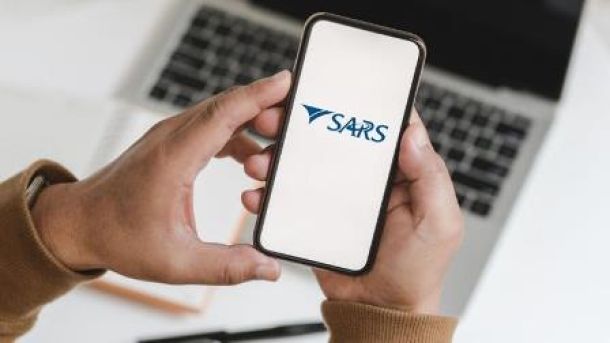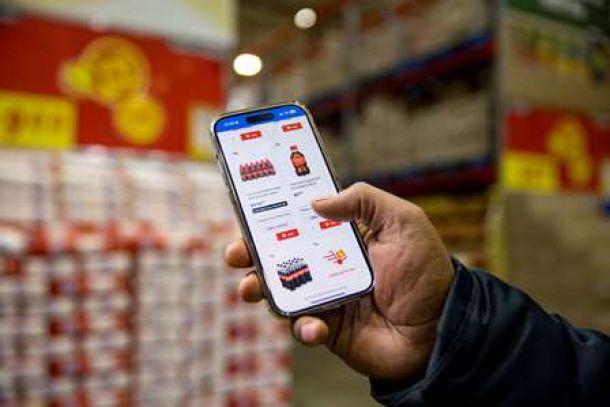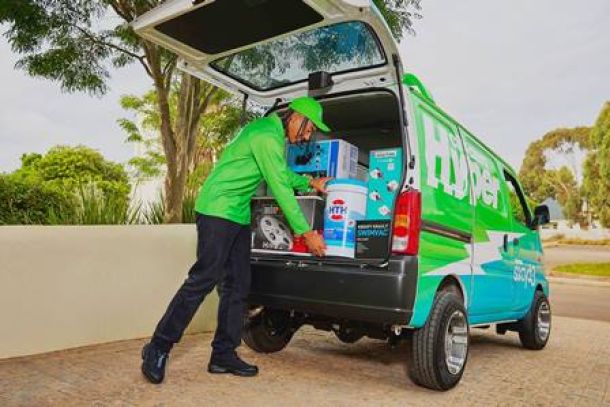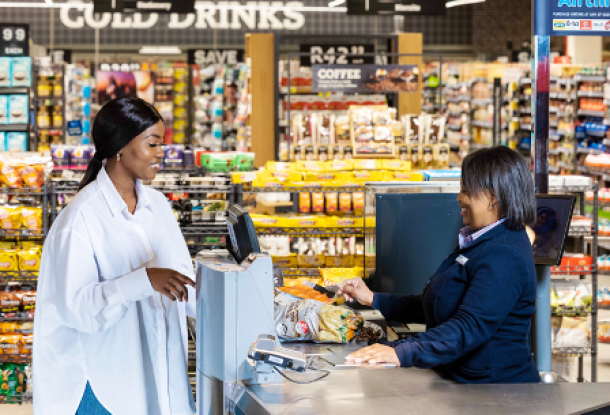Catch them in-store
Marketers should be thinking of retail spaces as communication touch points that provides multiple access points to consumers. By optimising and integrating these into the overall marketing strategy, marketers can more effectively, and more directly, engage with their targeted consumers.
Used correctly, a single brand could communicate in-store via different mediums, such as packaging, in-store video and on-shelf displays. All of these and more can be used to communicate the same message to multiple consumers on one shopping trip.
In-store media solutions are ideal to fully complement a comprehensive marketing strategy. Consumers are exposed daily to numerous above-the-line (ATL) messages that have the ability to reinforce what shoppers are seeing in-store. Ideally these should be driving purchase behaviour where the intent of buying is at its highest - in the aisle, at the shelf and at the till point. Even if the messaging in-store is different from the overall core messaging seen outside of the retail environment, it’s still important to connect the message back to its “equity messaging” in-store to complete the purchasing cycle.
To make the most of these touch points, marketers should define and hone what their strategic in-store messaging is and how it will maximise the intended purchase. This sounds so simple, yet the vast majority of marketers do virtually no research on the path-to-purchase and what in-store messaging ultimately motivates - the final purchase decision. It does help therefore to have an in-store specialist to guide one through the processes.
There’s no question that the in-store environment has always been a crucial final stage of importance, and research has shown that for most categories, the majority of final purchase decisions are made at the shelf. This isn’t changing anytime soon.
Of course, in-store media lends itself predominantly to FMCG brands, but banking products, other financial services and cellular offerings can all benefit from reinforcing their marketing message to shoppers in-store. This practice is becoming increasingly prevalent as these non-FMCG products and services are made available to shoppers by a wide range of retailers through their tills.
According to David R Bell, a professor of marketing at the University of Pennsylvania’s Wharton School, given that around 20% of in-store purchases are unplanned and impulsive, it makes commercial sense to communicate with and try to influence consumers when they are out shopping.
Depending on which research you investigate, between 68% and 72% of purchasing decisions are made in-store - in the aisle, at the till point, or at the shelf and research reinforces that shoppers organise their trips around the type of experiences that they want to have, not only around what they need to do or buy.
With marketing budgets becoming increasingly stretched, marketing activities are being scrutinised with brand owners needing to constantly ensure that they achieve an acceptable return on investment (ROI).
With this in mind, it has become even more critical to measure the impact of in-store activations and POS displays so that marketers can track performance against set objectives. This can be done by measuring volume and share growth using actual scanned data, or compared to brand performance in stores where media was not installed during the same period. It is also beneficial to compare the volume and share performance of the campaign versus the period before and after the campaign in order to gauge the overall merits of the marketing efforts.
In-store media makes sense because the shopping environment is a safe place for brands to be simply because consumers are already there to shop and, in that frame of mind, are more receptive to sales offers and brand promotions, backed by opportunities and touch points to influence the purchase decision.
In-store marketing and advertising can be, and should be, as simple as "3,4,5"! Don't know what that means? We do!
Stefan Abro is the marketing and trade rights manager at Primedia Instore.
News Category
- International retailers
- On the move
- Awards and achievements
- Legislation
- Wine and liquor
- Africa
- Going green
- Supplier news
- Research tools
- Retailer trading results
- Supply chain
- Innovation and technology
- Economic factors
- Crime and security
- Store Openings
- Marketing and Promotions
- Social Responsibility
- Brand Press Office
Related Articles

Two local businesses see a gap as food and groc...

SARS launches WhatsApp channel to help check ta...

Shoprite launches online shopping and bulk deli...

Sixty60 promises lightning-fast delivery of 10 ...


